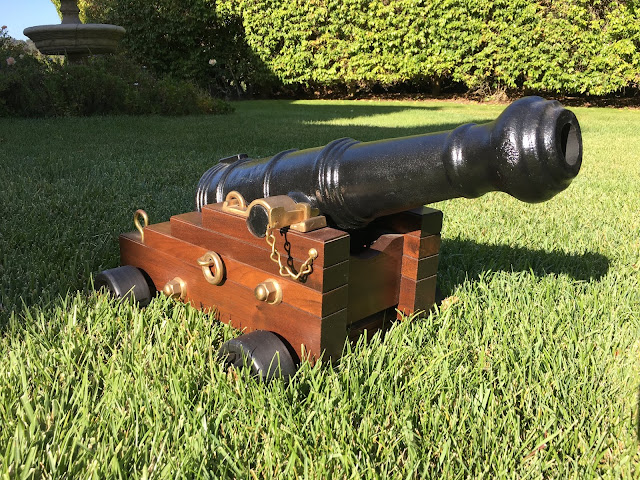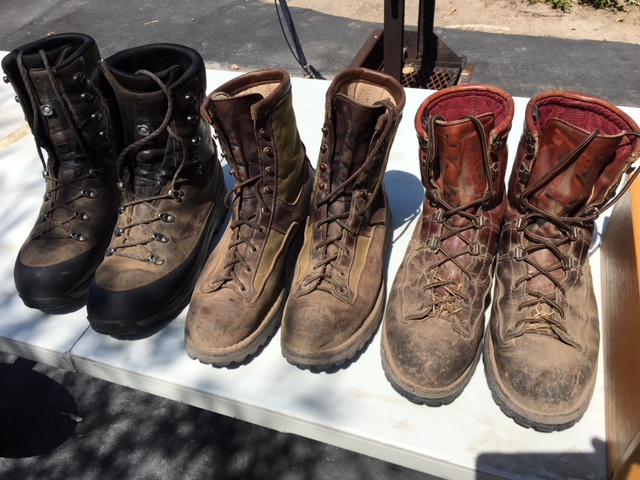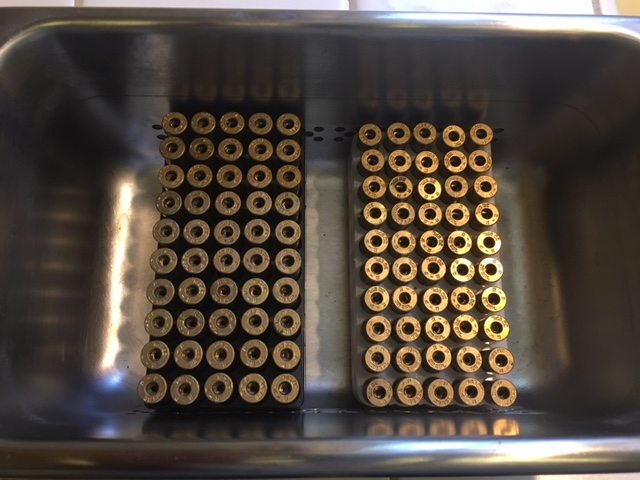It all started with a Wee' Dram
One evening my father and I were sitting on his back porch drinking a Wee' Dram of Scotch and smoking Cigars when he brought up a Signal Cannon the he saw in an antique store in England. He really wanted the Cannon but could not figure out how to get it home, So he did not buy it.
As the night wore on, we decided that he needed a Cannon and that we would find one. Well the next day I went over to my dads house to find him surfing the internet looking for Cannons. So I went home and helped with the search.
It did not take long for us to form a plan, we would buy a casting and build the rest. We decided that it should be a Naval Cannon and that we would build the base out of walnut. After all if you are going to have a Cannon you want it to be top notch.
Ironically we decided on a 1/3 Scale Carronade, A Carronade is a small Cannon that was designed and built by the Carron Company in Falkirk Scotland. It was Smaller and Lighter than traditional Ships Cannons of the time and enabled the Ships to carry more of them, increasing their firepower.
It seemed like the perfect Cannon to have.
After many hours of filing castings, polishing bronze pieces, and woodwork the Cannon was complete. Here is the Cannon complete sitting in front of my Fathers Bar where it traditionally resides.
We were very proud of our handy work but one thing was missing. We had never fired the Cannon. Last night we decided that we needed to take it out and shoot it. I loaded up some blank charges. After all we are not currently under siege from Pirates so there was no need for a cannon ball.
1.5 Oz of Black Powder makes a pretty good boom and fireball out of this little gem.
Here is a video of the Cannon firing
When I was a young Man my Father told me that every man should own a Brooks Brothers Tuxedo, and I think that he was correct. But I would add that every man should own a Cannon!
































